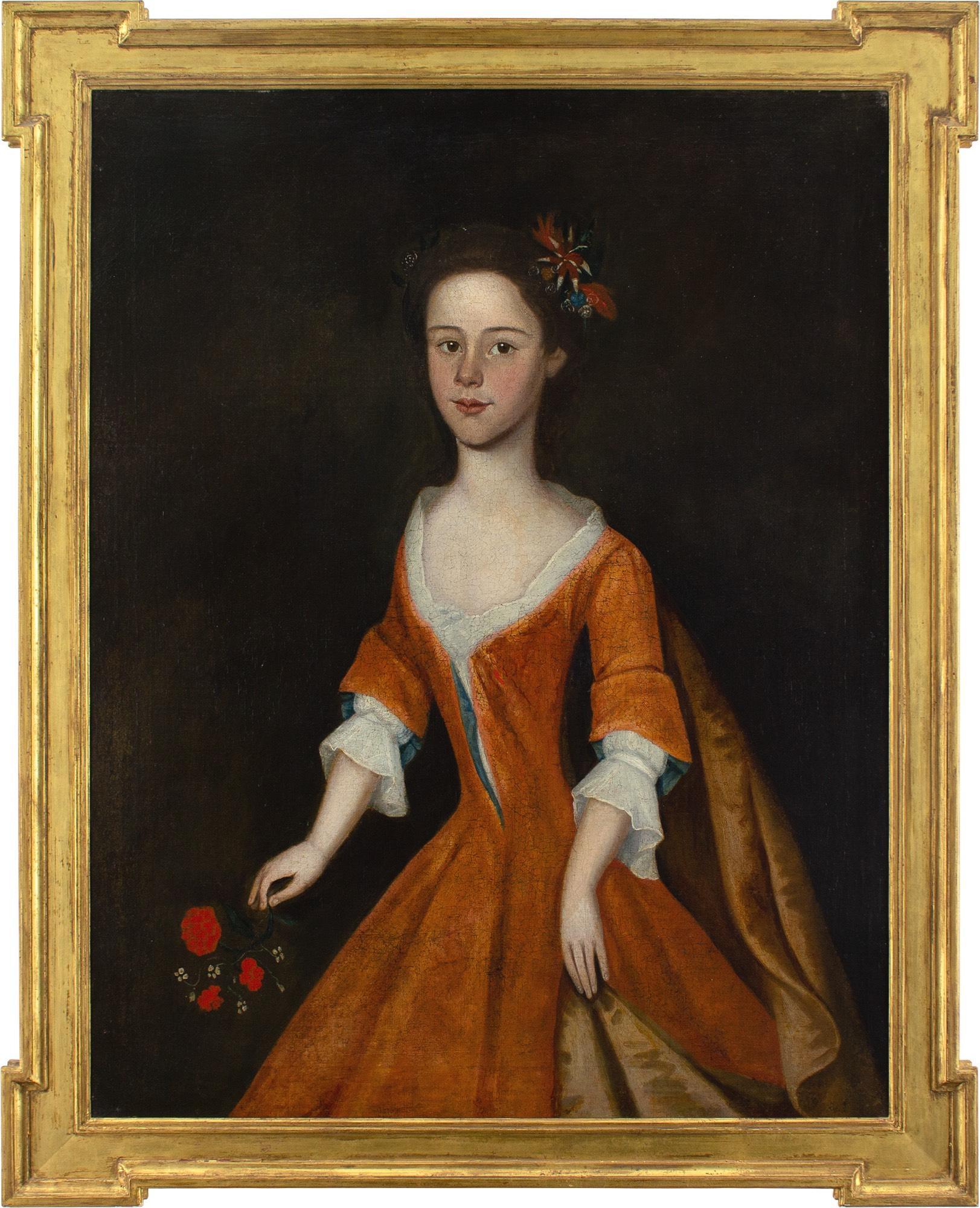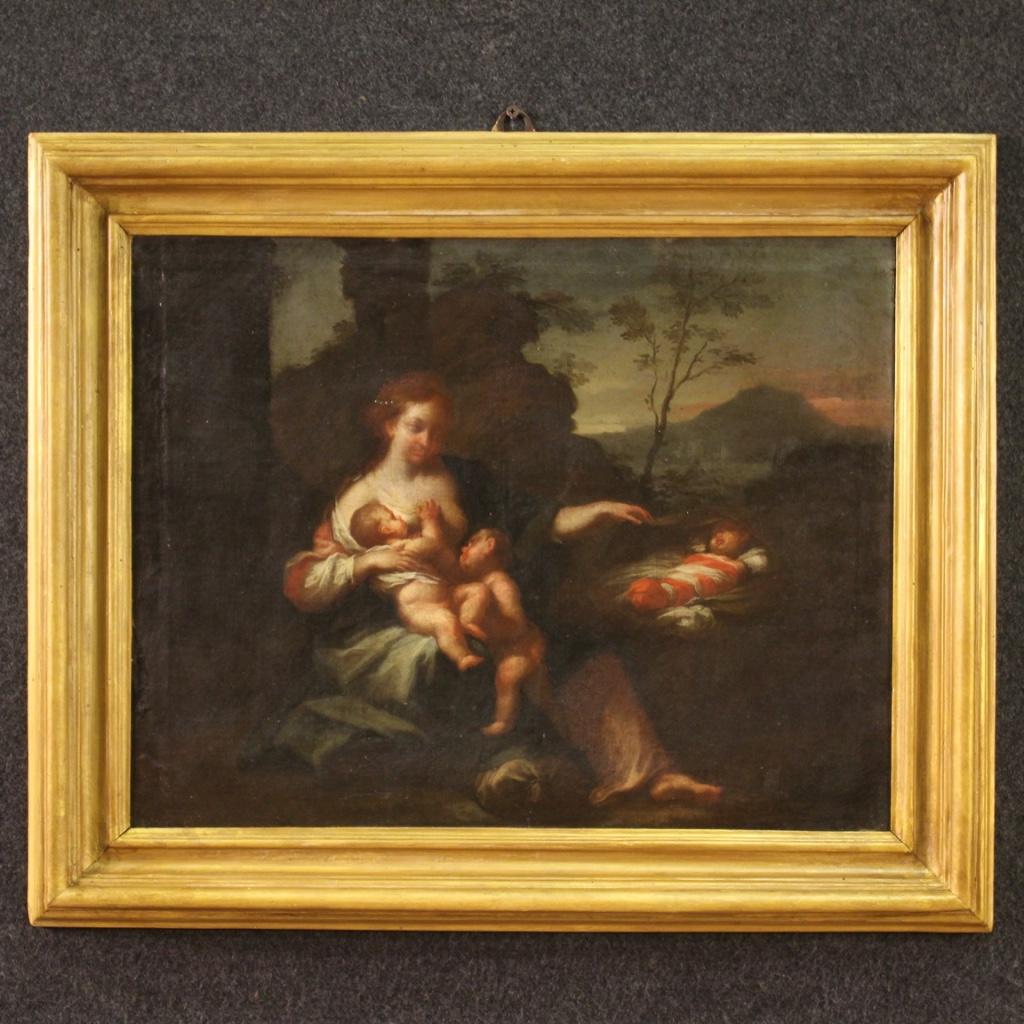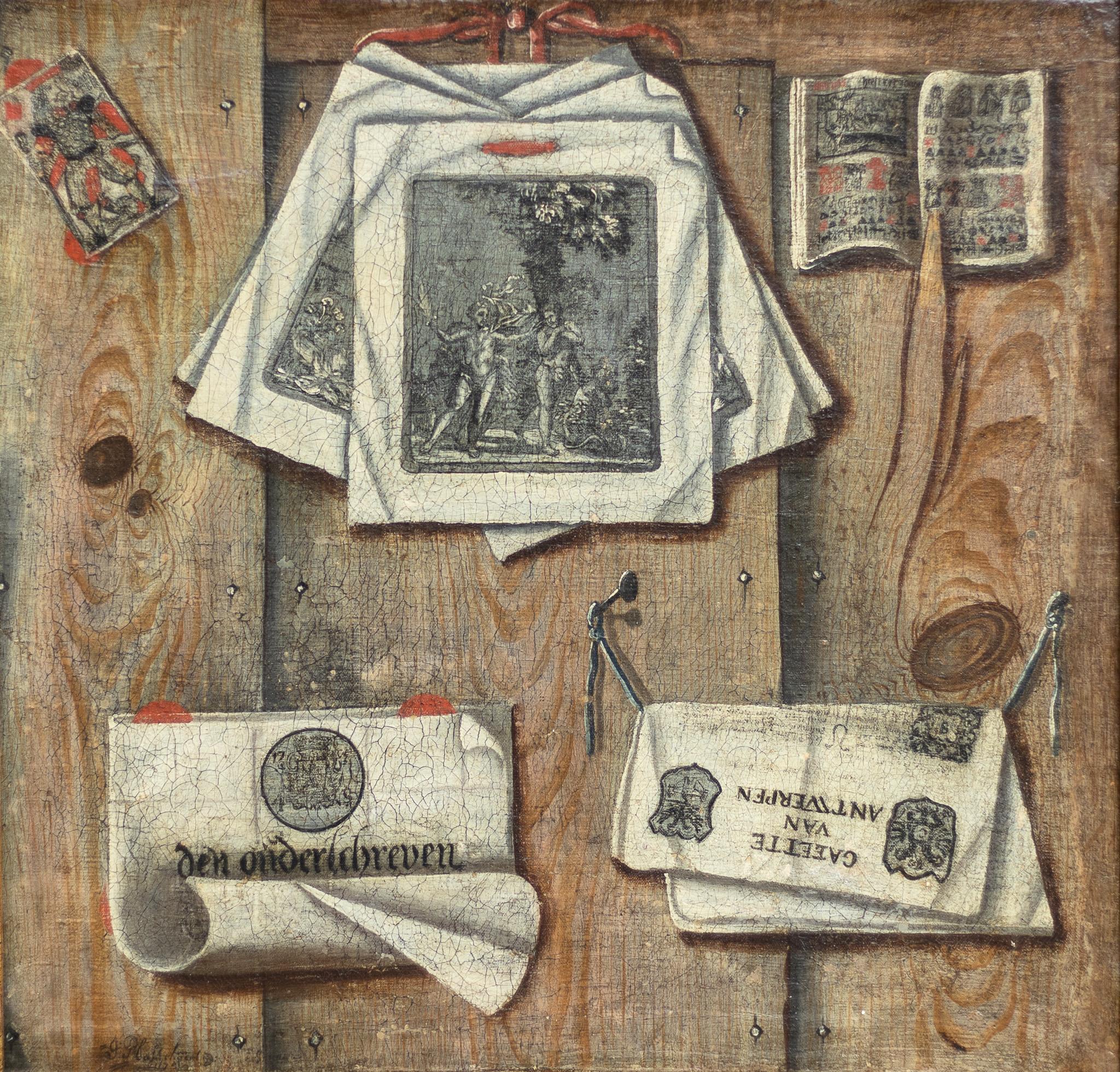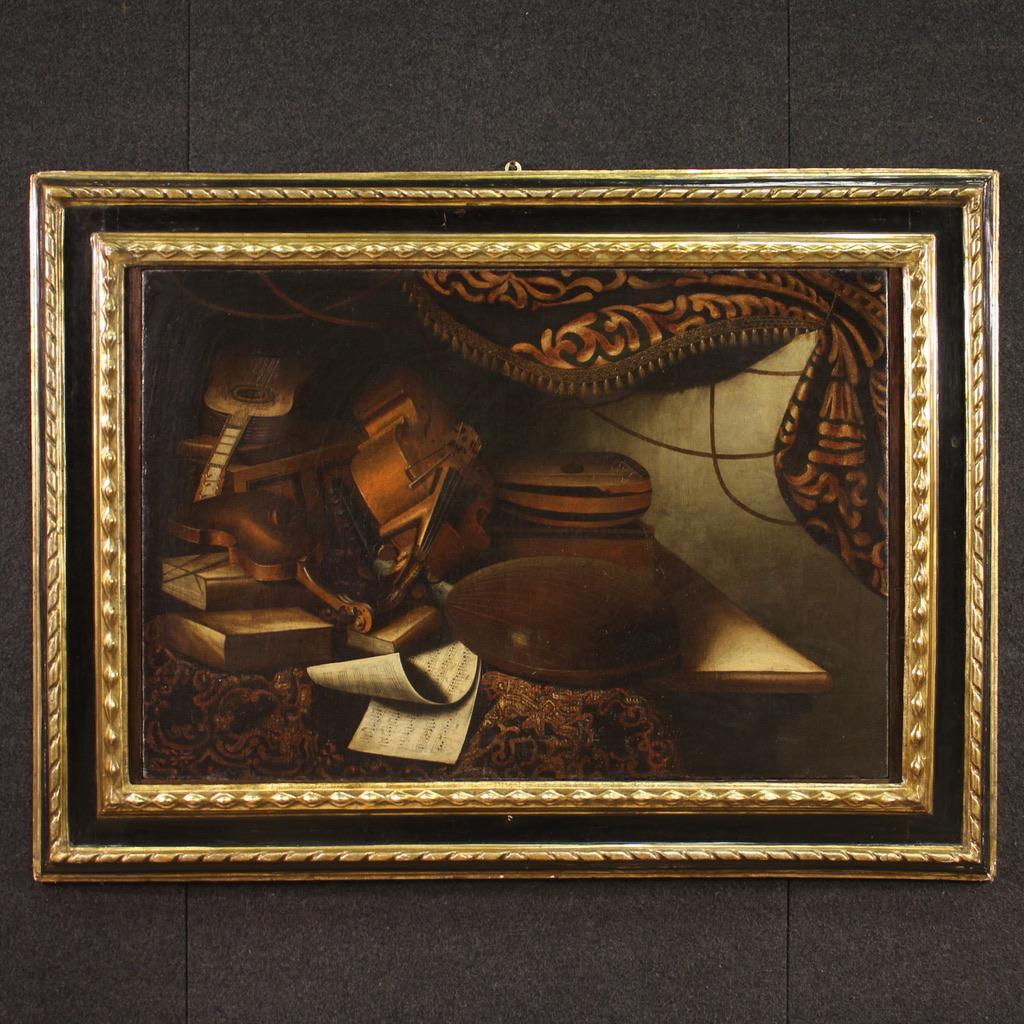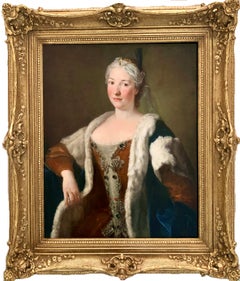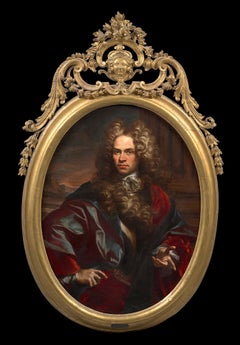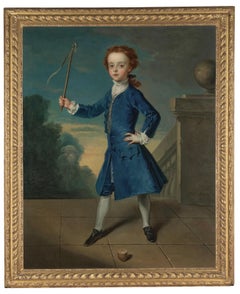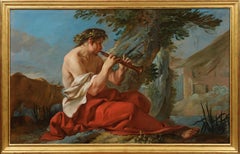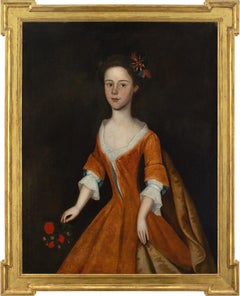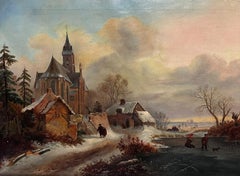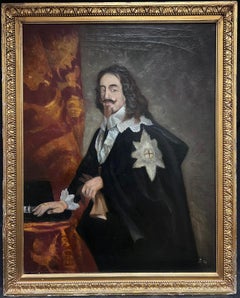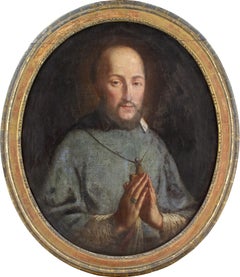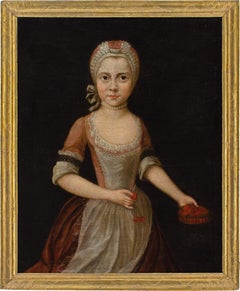1740s Paintings
Old Masters 1740s Paintings
Canvas, Oil
Italian School 1740s Paintings
Canvas, Oil
Old Masters 1740s Paintings
Canvas, Oil
Old Masters 1740s Paintings
Oil
Old Masters 1740s Paintings
Canvas, Oil
English School 1740s Paintings
Canvas, Oil
Old Masters 1740s Paintings
Oil
Old Masters 1740s Paintings
Oil
1740s Paintings
Canvas, Oil
Old Masters 1740s Paintings
Oil
1740s Paintings
Canvas, Oil
1740s Paintings
Canvas, Oil
1740s Paintings
Canvas, Oil
1740s Paintings
Canvas, Oil
Old Masters 1740s Paintings
Oil, Canvas
Old Masters 1740s Paintings
Oil, Canvas
Old Masters 1740s Paintings
Oil, Canvas
Italian School 1740s Paintings
Oil
Old Masters 1740s Paintings
Oil, Canvas
Old Masters 1740s Paintings
Canvas, Oil
English School 1740s Paintings
Oil, Canvas
Old Masters 1740s Paintings
Oil, Canvas
Old Masters 1740s Paintings
Canvas, Oil
English School 1740s Paintings
Oil, Canvas
Old Masters 1740s Paintings
Canvas, Oil
Old Masters 1740s Paintings
Oil, Canvas
Italian School 1740s Paintings
Canvas, Oil
1740s Paintings
Canvas, Oil
French School 1740s Paintings
Gold Leaf
French School 1740s Paintings
Gold Leaf
Old Masters 1740s Paintings
Chalk
Old Masters 1740s Paintings
Canvas, Oil
Rococo 1740s Paintings
Chalk
Realist 1740s Paintings
Canvas, Oil
Rococo 1740s Paintings
Oil
Academic 1740s Paintings
Oil
Old Masters 1740s Paintings
Read More
Yale’s Treasure Trove of British Art Is Back on Public View in a Refreshed Louis Kahn Building
After a two-year closure, they Yale Center for British Art opens its doors again, with all sorts of changes to its building and programming.
At 89, Artist Lucio Pozzi Is Reaching New Career Heights
The Italian-American’s 2020 abstract painting “The Hoe” personifies his “art of not knowing.”
The 1stDibs Guide to Types of Abstract Art
Get to know the key movements and artists who have influenced visual culture for more than a century.
With a Show at MoMA, Marlon Mullen Paints Pictures That Are beyond Words
The nonspeaking California artist is having a moment, with vivacious paintings that play on art-magazine covers as well as more mysterious abstractions.
The Vibrant Beauty of Orphist Art Supersedes Its Perplexing Name
This kaleidoscopic early-modern art style has long deserved another look. Now, the Guggenheim museum is doing just that.
The 50 Most Expensive Paintings Ever Sold
Curious about the most expensive paintings in the world? Discover the stories behind these masterpieces as well as the staggering prices they fetched.
Ludwig Bemelmans Captures the Thrilling Sight of Coney Island at Night
The ‘Madeline’ creator and Carlyle Hotel legend was in a New York state of mind in the 1940s when he produced this exuberant and rare oil painting.
Art Brings the Drama in These Intriguing 1stDibs 50 Spaces
The world’s top designers explain how they display art to elicit the natural (and supernatural) energy of home interiors.

